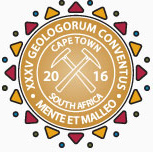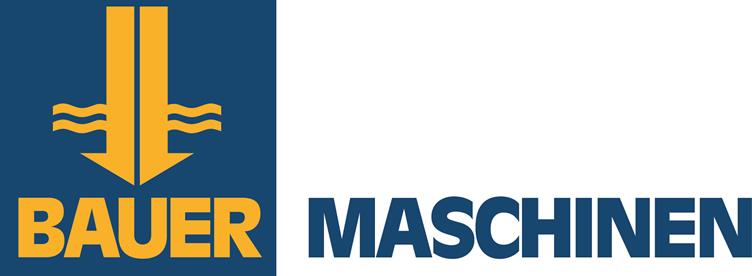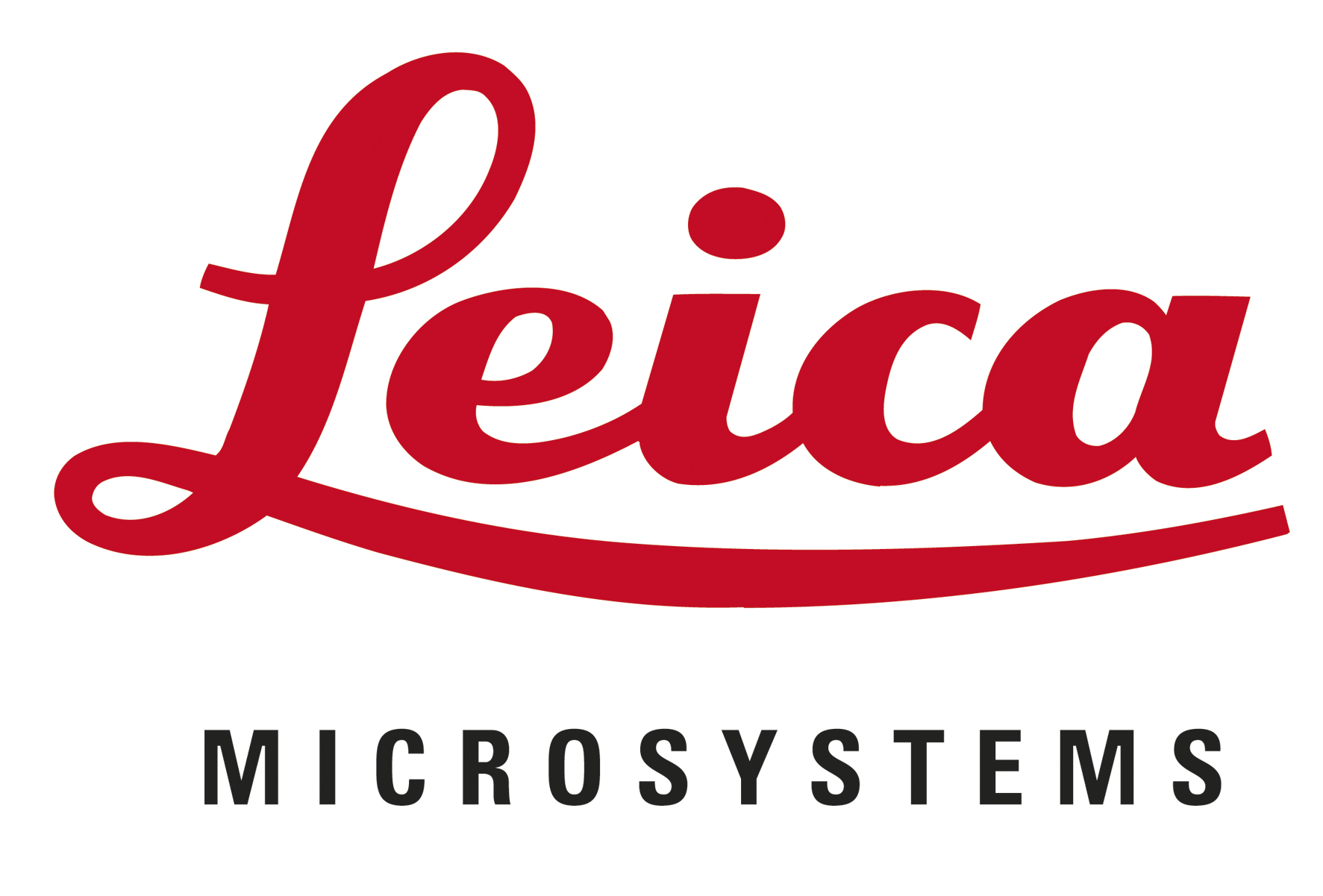
35TH INTERNATIONAL GEOLOGICAL CONGRESS
27 AUGUST - 4 SEPTEMBER 2016 | CAPE TOWN, SOUTH AFRICA
Sponsors

















35 IGC SAGPGF







35TH INTERNATIONAL GEOLOGICAL CONGRESS
27 AUGUST - 4 SEPTEMBER 2016 | CAPE TOWN, SOUTH AFRICA
My IGC
Symposium Details
| Title | Description | Convenors |
|---|---|---|
| Twenty Year Celebration of Re-Os Isotope Geochemistry – Meteorite to Mantle, Crust and Climate Records, Ores and Petroleum Systems |
During the last two decades the Re-Os isotope system blossomed as a tool for dating and tracing geologic processes through Os isotope ratios. First used to track the behavior of highly siderophile elements in meteorites and planetary bodies, Re-Os geochronology constrains timing and processes of mantle differentiation and continental growth. The Re-Os geochronometer was soon tested on crustal rocks using the obvious candidate, molybdenite, essentially Earth’s only Re-rich mineral. Other crustal sulfides such as pyrite and arsenopyrite were soon found to perform well as geochronometers and isotopic tracers of paleoenvironments and sources of ore-forming fluids. The widespread occurrence of pyrite from ores to anoxic sediments elevated the status of this common sulfide for geochronology. Organic material from marine and lacustrine shales provides a means to directly date and correlate sedimentary rocks in real time. Bio- and chronostratigraphy benefit from Re-Os time pins, and the timing of ancient glaciations and other geological events can be bracketed by dating shales. Re-Os content and isotope geochemistry of black shales are used to track and characterize global events of severe ocean anoxia, meteorite impacts, mass extinctions, and the protracted rise of an oxygenated atmosphere-ocean system. More recently, Re-Os dating of bitumen, tars, migrated oil and oil fractions have created new understanding of petroleum systems and the timing of kerogen cracking and hydrocarbon migration. Continued success and new applications also uncover exceptions and deviations in the Re-Os isotopic system. Such circumstances are opportunities to better understand how our natural environment (lithosphere-hydrosphere-biosphere-atmosphere) interacts and functions – in the geologic past and today. |
Holly Stein, Brian Kendall, Svetoslav Georgiev and Judith Hannah |
 Field trips
Field trips  Sponsorship & expo
Sponsorship & expo  Registration
Registration Tours
Tours  Promotion
Promotion 














 Conference Programme
Conference Programme  Field trips
Field trips  Sponsorship & expo
Sponsorship & expo  Volunteer
Volunteer  GeoHost
GeoHost  Registration
Registration Tours
Tours  Promotion
Promotion  Publications
Publications









